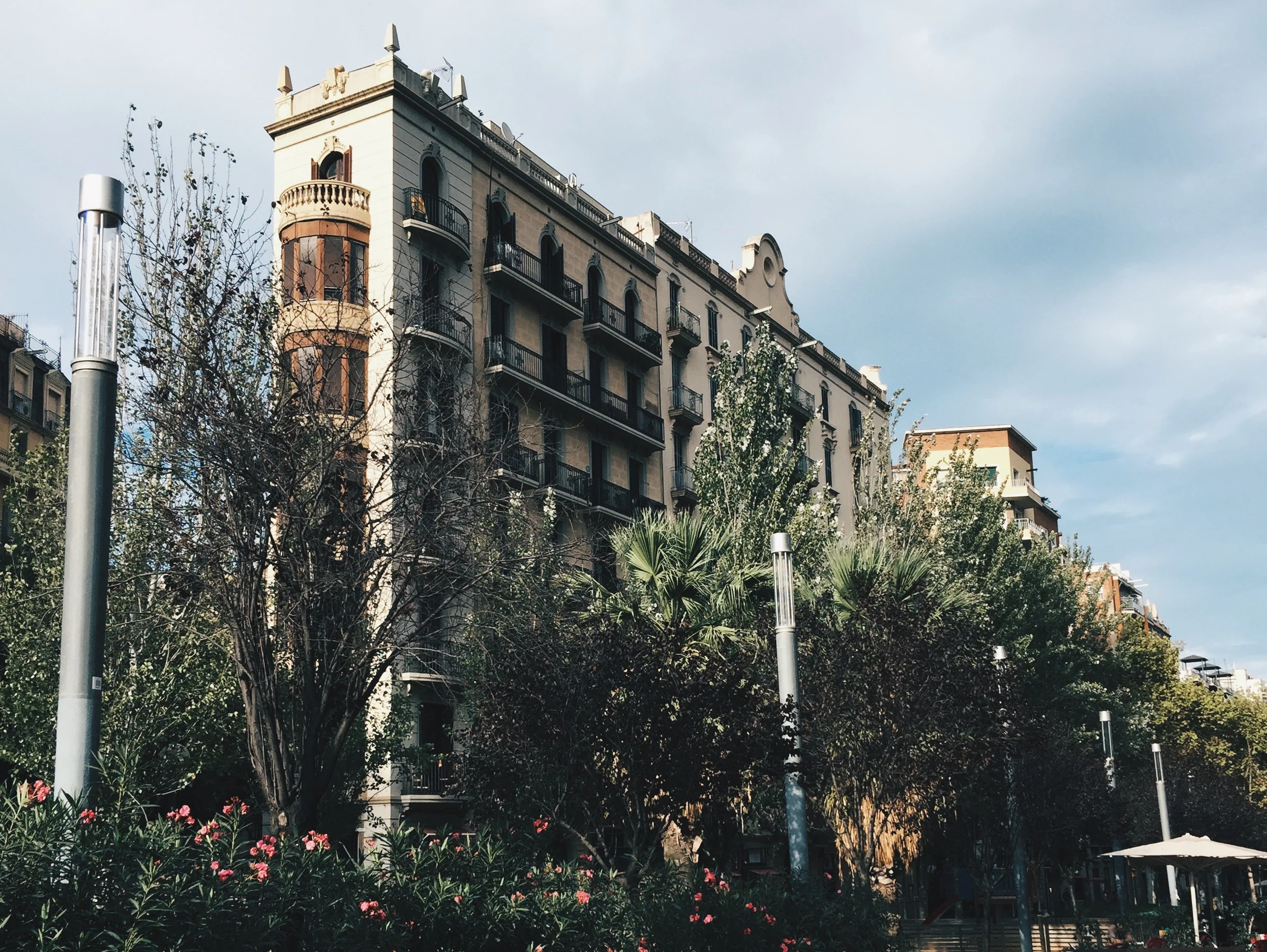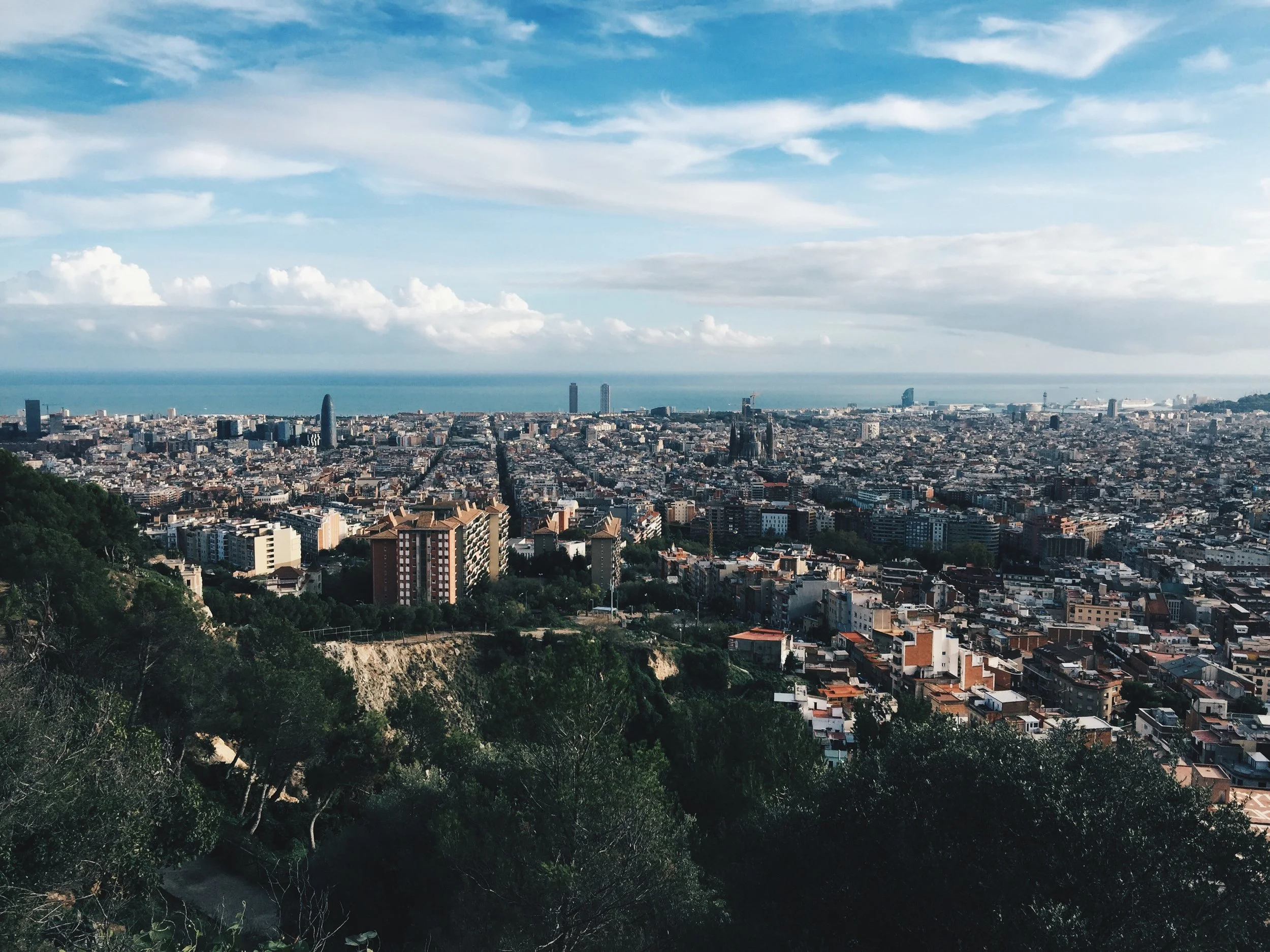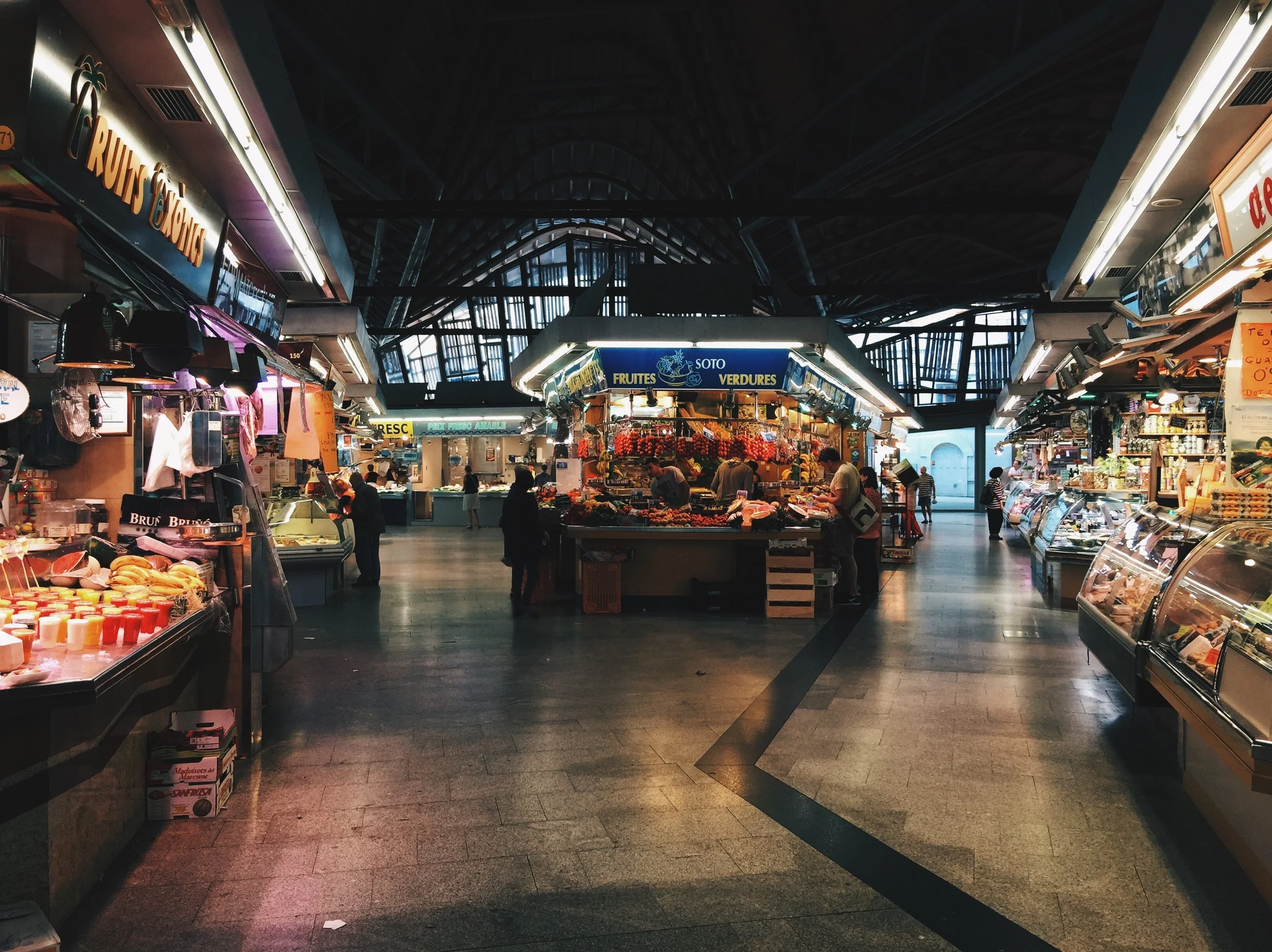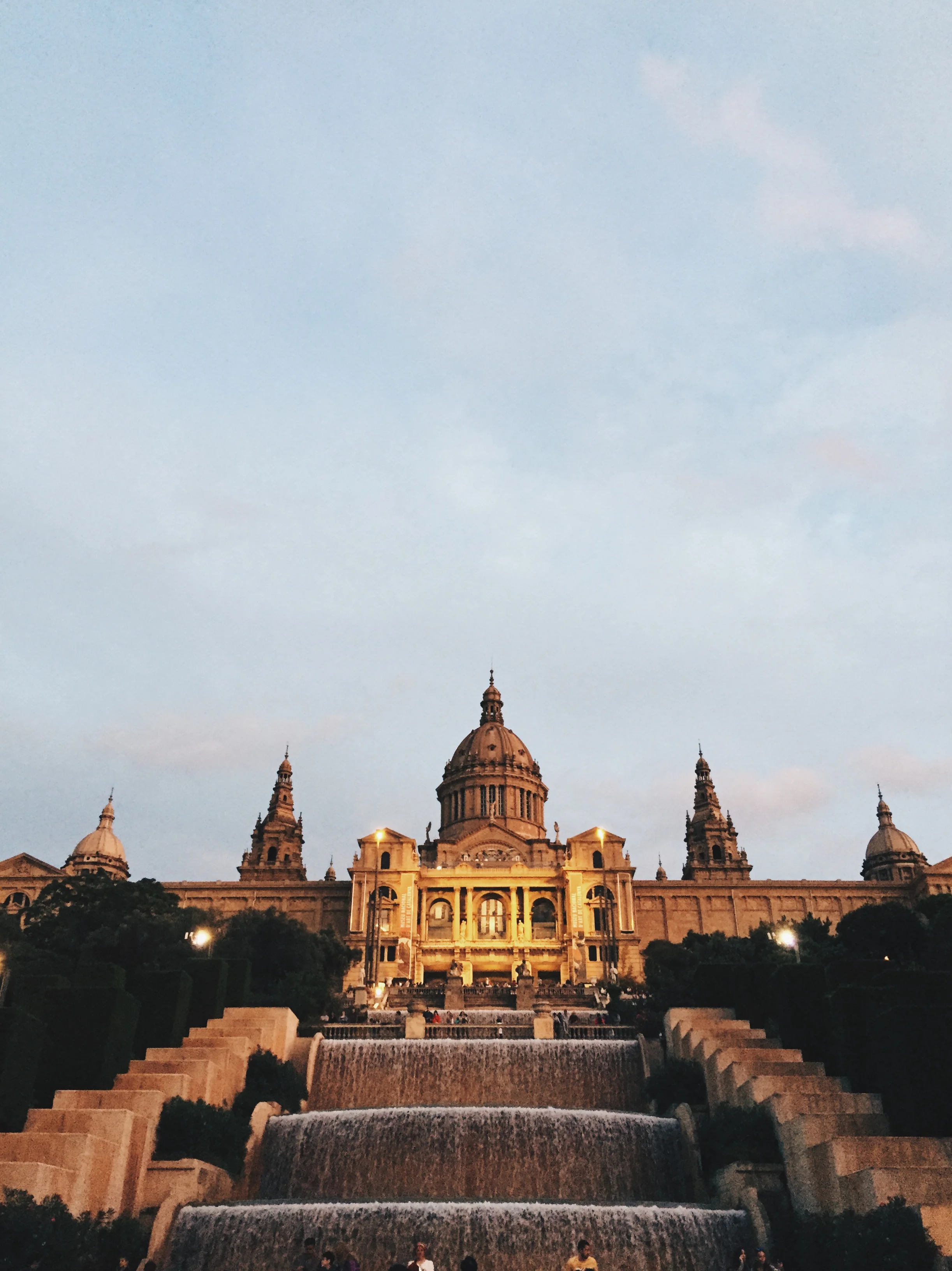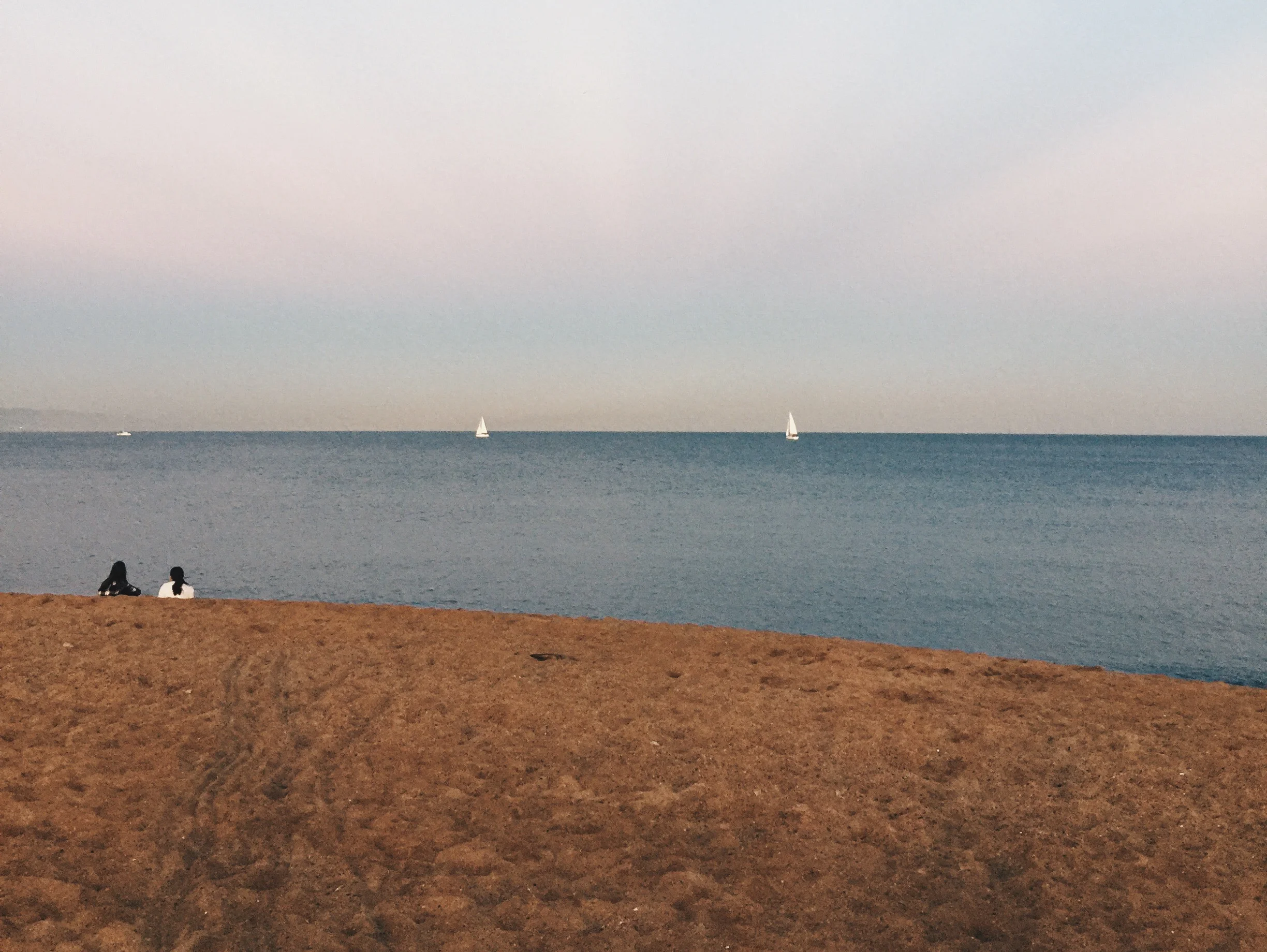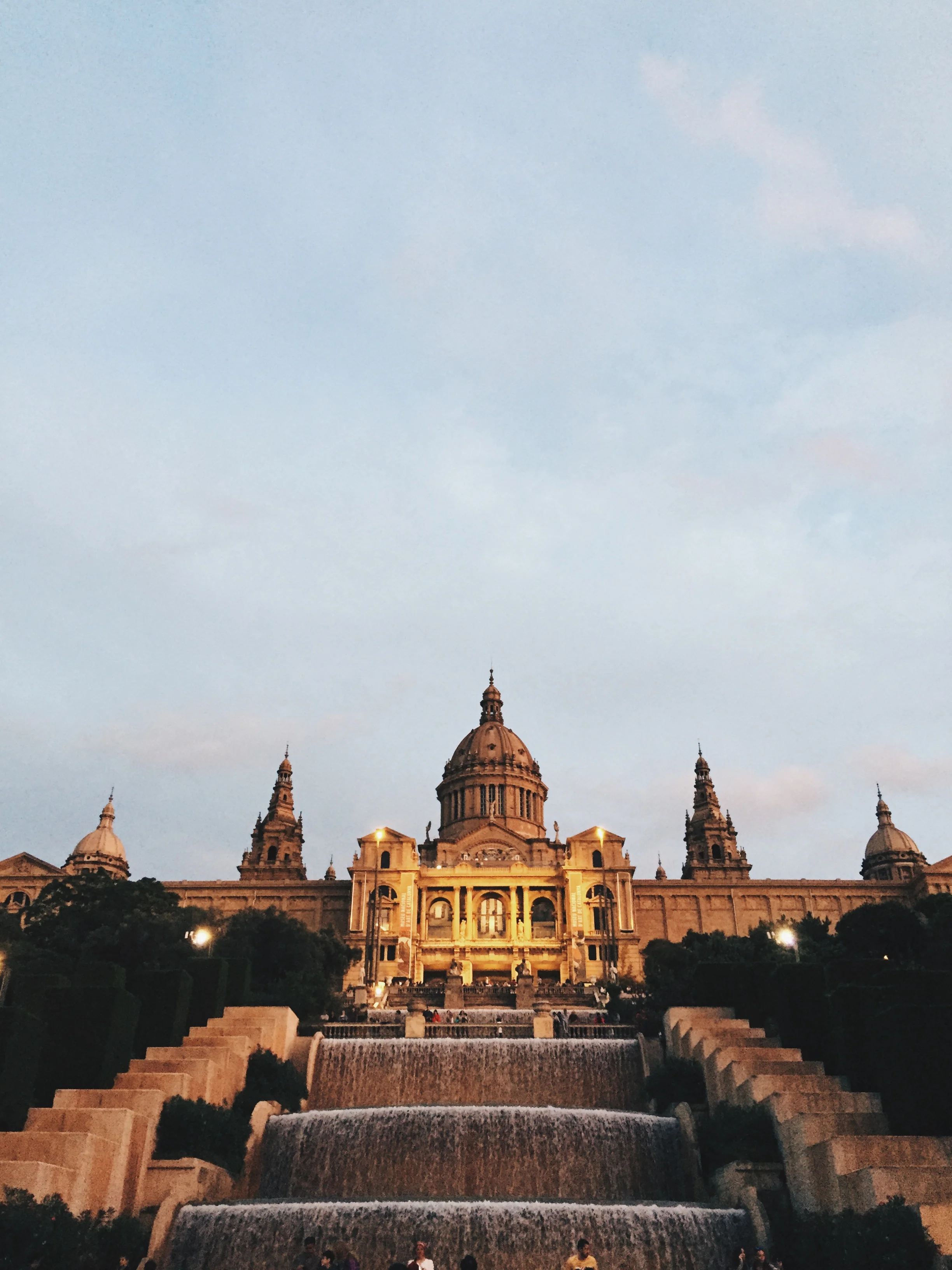5 of Barcelona’s Best Kept Secrets — A Guide to Things to do to Live Like a Local
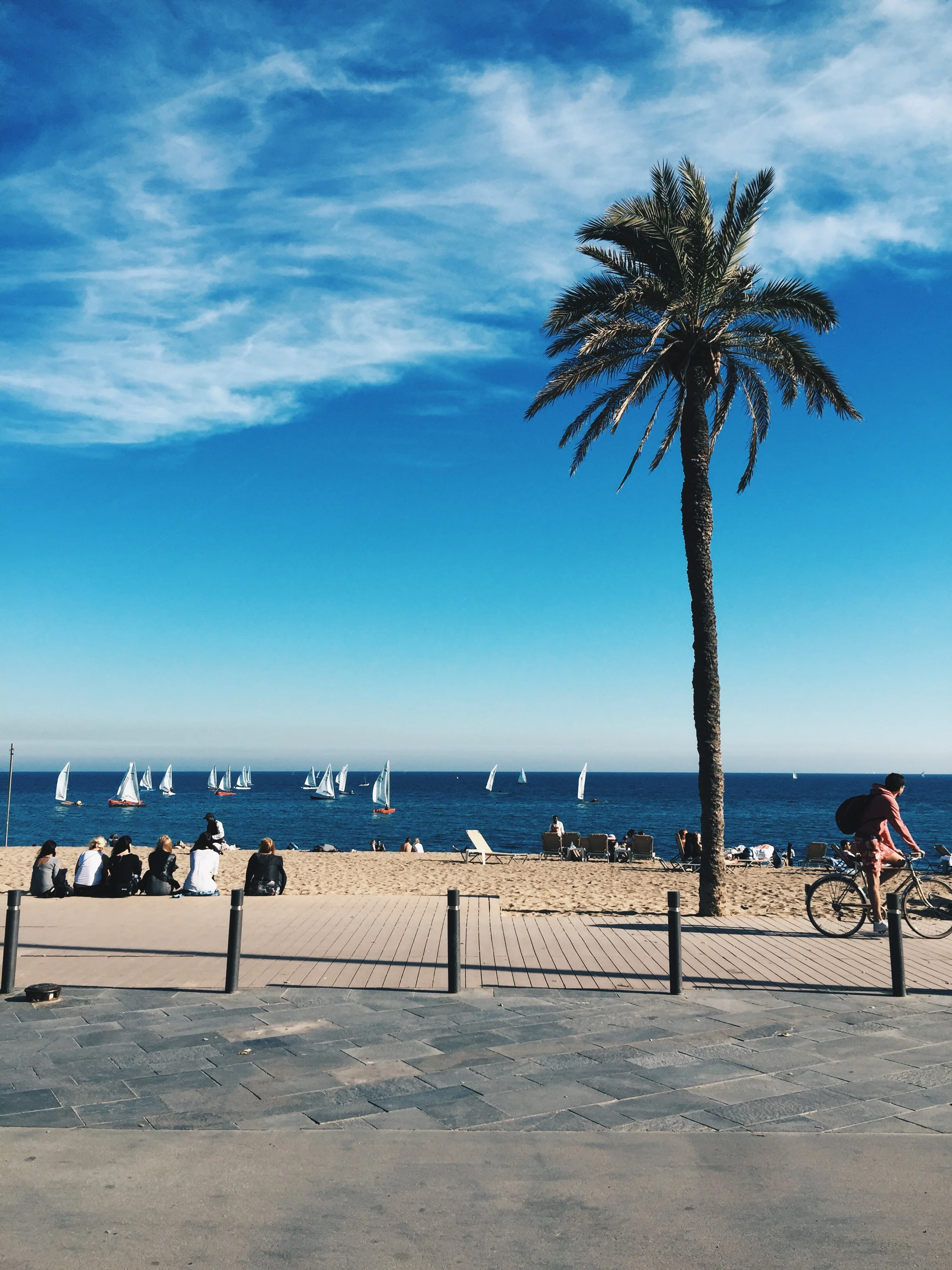
Sun, sangrias, tapas, flamenco, Gaudi, and so much more, Barcelona has become a key city on anyone’s multi-city trip to the Iberian peninsula and Western Europe. But if you’re looking for a ‘best of’ highlights reel of an itinerary, this isn’t the guide, this is.
This one’s for those looking for something a bit more local, whether you have more time in the city, whether you’ve been multiple times, or whether you just want to get off the typical tourist trail.
Of course, these aren’t exactly secrets.
Barcelona’s been written about many times over and over again by different people, but here’s my guide to a 5 things you can do after living and working in the city for 6 months in search of more than Las Ramblas and La Sagrada Família.
1. Visit the Bunkers for the best view of the City
Bunkers del Carmel, built during the Spanish Civil War in the 1930s was designed to defend the city against attacks. When the guns were retired during the Franco Regime, the bunkers offered housing and shelter to some of the city’s residents.
As time passed, residents were relocated and rehoused, gradually turning the bunkers into a bit of a forgotten footnote of the past.
Recently though, work was put into renovating the place, and these days while still relatively remote and far out, the bunkers receives a number of visitors headed for the panoramic views of the city.
Postcard perfect views from Bunkers del Carmel
While Tibidabo was the highest point, the bunkers isn’t too high up, meaning on a clear day, you can pretty much see just about everything, including the “twin towers” on the beach— Torre Mapfre and Hotel Arts Barcelona all the way at the coast.
Getting there is a bit of a trek once you alight from the metro, Alfons X and El Carmel being the closest.
I got off at Alfons X, and simply headed uphill. Inclines here can get pretty steep, mind.
I walked through nondescript neighbourhoods and buildings, and continuously headed uphill before I was greeted with the most sweeping view of the city.
If you’d like to get even more local, pack some food with friends and have a picnic at the top. If you’d like, stay till sunset and watch the city light up right in front of your very eyes.
2. Visit a traditional Catalan market
By this, I mean visiting Santa Caterina Market, located in the district of El Born, chucked full with local boutiques and stores, as well as cosy cafes and atmospheric bars and restaurants.
Yes, La Boqueria located on the famous walking promenade of La Rambla is one of the biggest attractions in the city, and attracts tourists by the droves. It’s pretty, it’s busy, and you’ll hear loads of English.
But Santa Caterina?
There aren’t lines that are incredibly long, you’re going to hear a lot more Catalan, and there’s little actual aesthetic appeal, certainly less than La Boqueria, but that’s because this market is catered to tourists.
It’s still very much for locals, so prepare your Catalan (or Spanish) phrasebook.
Plenty of room in Santa Caterina market
3. Enjoy a long, late meal
In Spain, lunch starts serving at 15:00, and dinner at 21:00.
Of course, in a city as massive and heavily visited as Barcelona, you’ll have no trouble finding food at meal times less foreign to you, but if you’re planning on living it up like a local, book your restaurant reservations for those times and you’ll be surrounded by locals dining till way into the night, and yes with kids too.
4. Stay in a local neighbourhood
The Gothic Quarter gets you close to the action, but that’s not where most of the city’s actual residents are.
In fact, I’ve compiled a list of Barcelona’s neighbourhoods describing each of them in detail, and thanks to rented private accommodation options like Airbnb, you have plenty of choices in these neighbourhoods.
Grand architecture along Avinguda Diagonal in the neighbourhood of Sarrià-Sant Gervasi
I’d recommend Gràcia which has beautiful squares and architecture, and features some brilliant cafes and restaurants.
5. Head to cosy restaurants and cafes
Linked to the previous point, there are so many cafes and restaurants to choose from.
Many line La Rambla and Barceloneta, where you’ll find many tourists congregating, but avoid those. Any restaurant that needs a tout to sell it at the door is not one worth visiting in my opinion.
With cafes, one of my favourite haunts is Flax & Kale, specialising in colourful superfoods and offers a diverse menu and some of the most attractive shakes I’ve ever seen.
Other favourites of mine include Alsur Cafe, with a few branches in the city, as well as Federal Cafe in the neighbourhood of Eixample.
With restaurants, head to Cal Pep, Bar Cañete, El Nacional and Tickets for some fantastic dining popular with locals.
6. Get out of Barceloneta and further away for beaches
The further you head away from Barceloneta, the more likely you’ll be to find locals on the beach.
You’ve got Platja del Bogatell further up the coast with a nice golden stretch of sand.
Saying that, if you really want to go local, many locals head out of Barceloneta altogether. Costa Brava is the jewel of the rugged Catalonian coast, but any of those small fishing towns worth visiting (and they are, trust me) are a little harder to access via public transport— but you don’t need to head that far.
If you’ve got the T-10 ticket for your public transport needs, you can use it to travel as far as the small town of Castelldefels where you’ll most definitely be surrounded by predominantly Catalan.
From my time in Barcelona, I turned some of my photographs into my line of products and you can shop them on the shop now!

